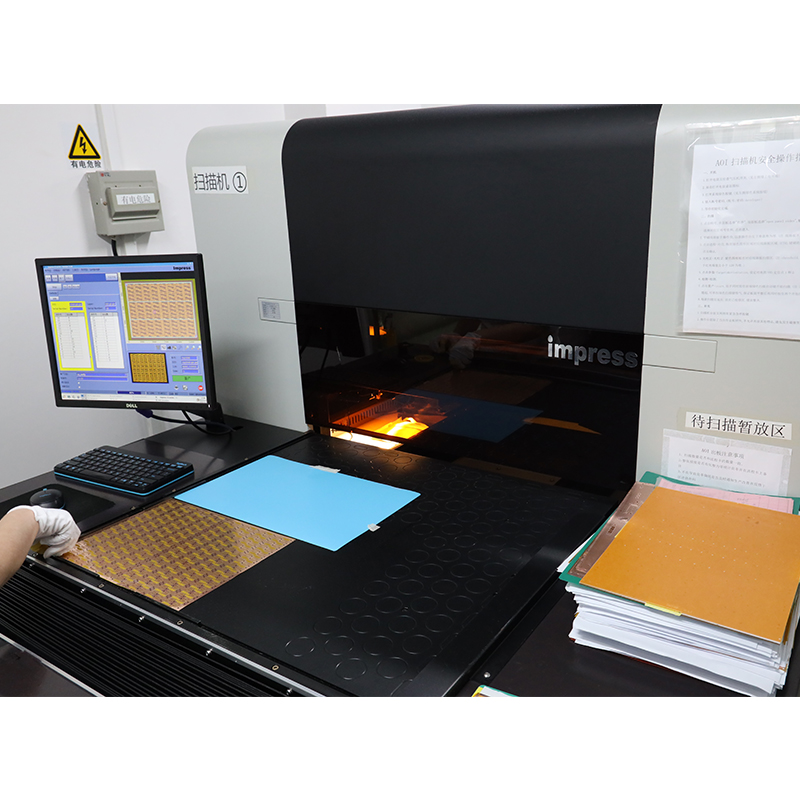In this blog, we’ll explore the key considerations for thermal management of rigid-flex circuit boards and why they must be addressed during the design and manufacturing stages.
When designing and manufacturing rigid-flex circuit boards, thermal management is an important aspect that cannot be ignored. These complex and versatile circuit boards are becoming increasingly popular in various industries due to their ability to combine the flexibility of flexible circuits with the durability and reliability of rigid circuits. However, its unique design also creates challenges in managing heat dissipation and ensuring optimal performance.
One of the main considerations for thermal management of rigid-flex circuit boards is component selection and placement. The arrangement of components on a circuit board can significantly affect heat dissipation. Heating components must be strategically placed to minimize the concentration of heat in specific areas. This involves analyzing the thermal characteristics of each component and considering factors such as power dissipation, package type and thermal resistance. By spreading out heat-generating components and effectively using copper planes or thermal vias, designers can enhance thermal performance and prevent hot spots.
Another key aspect of thermal management for rigid-flex circuit boards involves material selection. The choice of substrate and laminate materials can have a considerable impact on thermal conductivity and overall heat dissipation. Choosing materials with high thermal conductivity, such as copper-based laminates, can improve the thermal performance of your circuit board. Additionally, choosing a substrate with a lower coefficient of thermal expansion can reduce stress on components during thermal cycling, thereby minimizing the risk of failure. Proper material selection must also consider other factors such as durability, flexibility and compatibility with manufacturing processes.
The design of the overall circuit board geometry and layout also plays a vital role in thermal management. The placement of copper traces, copper planes, and thermal vias should be carefully considered to optimize heat dissipation. Designers should aim to achieve a balanced distribution of copper to effectively conduct heat away from critical components. Avoiding narrow traces and using wider copper traces can effectively reduce resistance and thus reduce resistive heating. Additionally, adding thermal pads around components that require additional heat dissipation can help maintain ideal thermal conditions.
An often overlooked aspect of thermal management of rigid-flex circuit boards is consideration of the operating environment. Understanding the environmental conditions a circuit board will face is critical to designing effective thermal management solutions. Factors such as ambient temperature, humidity, and airflow must be considered. Thermal simulation and testing can provide valuable insights into how the board will perform under different operating conditions, allowing designers to make necessary adjustments to optimize thermal performance.
Thermal management should also be considered during the manufacturing process of rigid-flex circuit boards. Proper assembly techniques, including correct component soldering and mounting, play a vital role in achieving optimal thermal performance. Ensuring continuous and reliable metal-to-metal contact between the heating component and the circuit board is critical for efficient heat transfer. Proper solder paste selection, reflow profile, and compatible assembly materials all help achieve the desired thermal goals.
In summary, thermal management is a key consideration when designing and manufacturing rigid-flex circuit boards. Optimal thermal management extends circuit board life, prevents component failure, and ensures reliable performance. Careful component selection, material selection, circuit board geometry, and consideration of the operating environment are all key factors in achieving reliable thermal management. By addressing these issues during the design and manufacturing stages, engineers can create rigid-flex circuit boards that meet the thermal requirements of their intended application and deliver superior performance.
Post time: Oct-08-2023
Back







